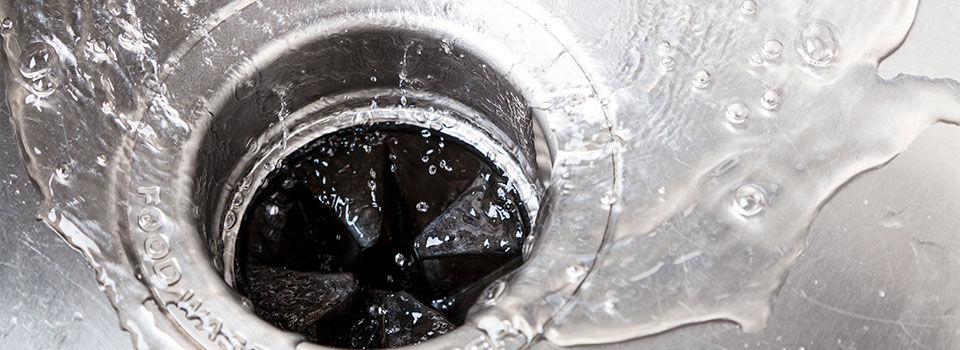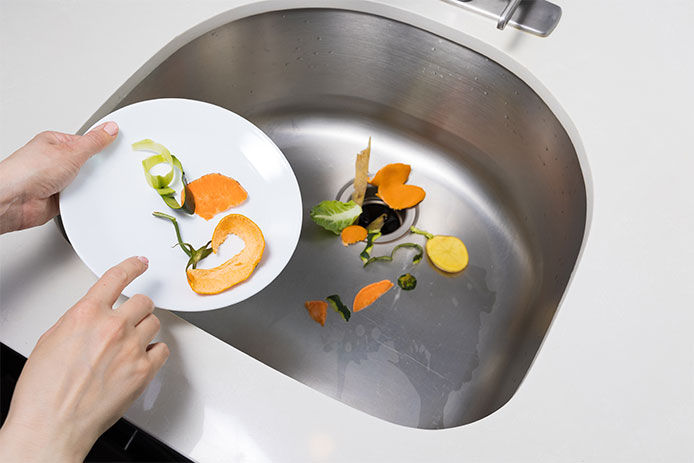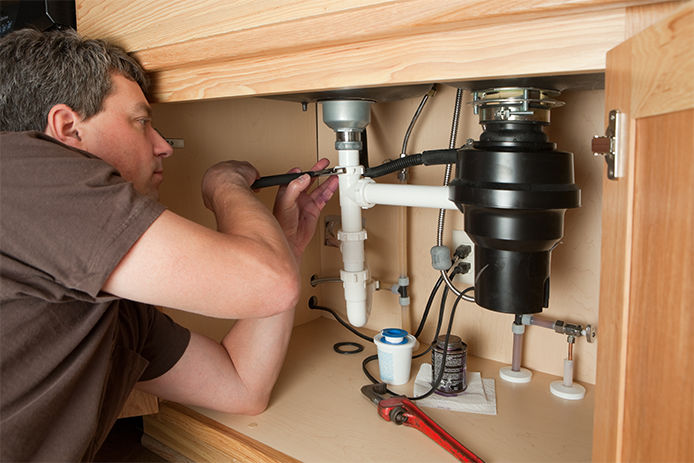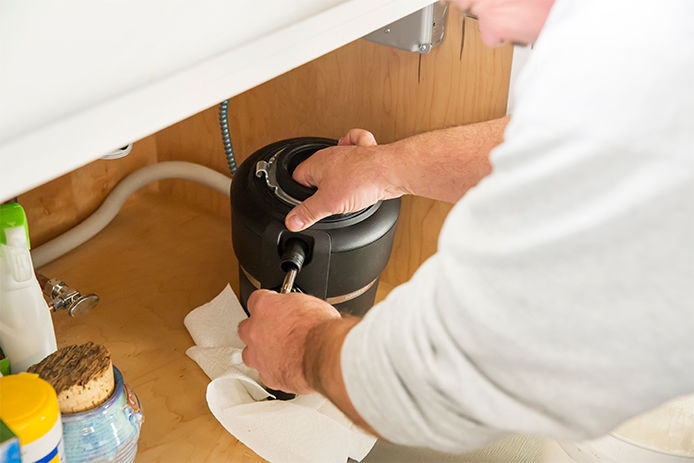How to Know When It’s Time to Replace a Garbage Disposal
As with most utilities in your home, the best garbage disposal is one that you don’t have to think about. So, when should you replace your garbage disposal? Ask yourself the following questions:
- Is your garbage disposal making a humming or grinding noise?
- Is there a smell coming from your disposal that you can't eliminate?
- Are you hitting the reset button on your disposal too often (or with every use)?
- Does your garbage disposal leak beneath the sink?
If you answered yes to any of the above questions, it's more than likely time to learn how to replace your garbage disposal. A well-maintained garbage disposal will last between 10-12 years. But with heavy use or little maintenance, you may need to replace it sooner.
How do you know if your disposal is broken? There are a few simple ways to troubleshoot your disposal. First, always cut the power to the disposal off entirely before testing it. Turn off the water supply to the sink as well.
Step 1: Check for anything that might be jamming the disposal blades. Remove the rubber stopper (the baffle) from the drain. Use a flashlight or headlamp to look inside. If you see a foreign item like glass or metal, use a set of pliers to remove the object. Reconnect the disposal to see if the problem is resolved.
Step 2: Reset the garbage disposal. Under the sink, on the bottom underside of the disposal, is a small "reset" button. This button automatically shuts off your disposal if the motor overheats. If the disposal suddenly powers off mid-use, allow it to rest for several minutes, then try resetting the unit.
If your disposal is already running on borrowed time (or has stopped running altogether), it's best to replace it with an efficient new model. Do It Best has all the tools and supplies you need to easily replace and install a new garbage disposal. Follow the steps below when you're ready to replace your disposal.



